Wine Score
96 points Robert Parker’s Wine Advocate
The iconic 2012 Proprietary Red Opus One is a blend of 79% Cabernet Sauvignon, 7% Cabernet Franc, 6% Petit Verdot, 6% Merlot and 2% Malbec aged 18 months in French oak. A classy, complex, suave and savory 2012 Opus One, with notes of toasty oak and crème de cassis. This Pauillac lookalike, made by the staff at Mouton Rothschild, is a beauty. They have continued to strengthen the quality of wine and seem to have produced a brilliant, world-class wine. I imagine the 2013 may even eclipse this, but this 2012 is one of their great ones, with a seamless integration of acidity, tannin, alcohol and wood all present in this beautiful, full-bodied wine that should drink well for 25-30 years.
Grape Variety
Grape Variety
Bordeaux Blend
A Bordeaux Blend is a blended red wine that contains only those varieties that are authorized for use in the red wines of the Bordeaux region of France. Bordeaux is the most famous and highly coveted wine blend in the world. Like many wines with a long history, there’s a lot to learn, so we’re here to just cover the basics.
- Red Bordeaux blend is primarily composed of Cabernet Sauvignon, Merlot, and Cabernet Franc, with smaller portions of Malbec and Petit Verdot.
- White Bordeaux blend is primarily made of Sauvignon Blanc and Sémillon, with a splash of Muscadelle in the mix
While there are both red and white Bordeauxs, the name Bordeaux is primarily associated with the red wine blend. Red Bordeaux is a red wine that is always made from blending Cabernet Sauvignon wine and Merlot wine together, though the proportion of each depends on the location of the winery that made the wine.
- Left bank blends : tend to be higher in tannins, alcohol and acidity. They are powerful, rich wines that are said to age a bit better than wines from the Right Bank.
- Right bank blends : tend to be softer, less tannic and lower in alcohol and acidity. Because Merlot is the dominant grape, they are much more juicy and usually ready to be drunk much earlier than Left Bank Bordeauxs, and they’re often less expensive.
Napa Valley
There are presently 16 subregions within Napa Valley including 2 that overlap into Sonoma and Solano Counties.
- Coombsville New! Located just east of the city of Napa, mostly an alluvial fan of the Vaca Mountains. Up-and-coming region for Cabernet Sauvignon. Established in 2011.
- Oak KnollThe rolling hills leading into Napa, lots of Pinot Noir and Chardonnay because of fog and dank weather. Cabernet from this area is not what most Napa lovers want. Established in 2004.
- YountvilleIn the valley and also an alluvial fan of the Mayacamus mountains. Home of the culinary genius of Thomas Keller’s French Laundry. Watch for limo traffic. Half of the area is planted with 4,000 acres and Cabernet is good. Established in 1999.
- OakvilleSlightly warmer than Yountville. Home of the original Brun & Chaix’s Napa Valley Vineyards. Big names like Silver Oak, Far Niente and Groth are neighbors. Established in 1993.
- RutherfordValley floor, warmer than Oakville. Awesome and expressive Cabernet Sauvignon. Hold your wallet close, it gets expensive. Established 1993.
- Stags Leap DistrictOn the Silverado Trail which has slopes and alluvial fans of the Vaca Mountain range (the Eastern Mountains). Really dusty and savory Cabernet Sauvignon and home to the famous but a bit snobby Stag’s Leap Wine Cellars. Established 1989.
- St. HelenaSo much traffic! This area is mostly fluvial soils that are deep, making the wines slightly less unique. However, many major cellars and homes are in this area including Heitz, Duckhorn, Beringer, Merryvale. Established in 1995.
- CalistogaJust a few miles north of the town of St. Helena and the edge of the valley where the Vaca Mountains and the Mayacamus Mountains intersect. The area has low nighttime temperatures and high daytime temperatures similar to mountain AVAs. Volcanic soils and impressive meaty Cabernet and Zinfandel wines. Old Vine Zinfandel can be found here. Established in 2010.
- Diamond Mountain DistrictOn the Northern end of the Mayacamus Mountains. Volcanic soils are prevalent. Home to Schramsberg, Napa’s sparkling wine house and Diamond Creek. Established in 2001.
- Spring Mountain DistrictMiddle of the Mayacamus Mountains. Volcanic soils and also sandstone soils making rounder more gentler wines than their northern neighbor. Home to Pride Mountain Vineyards. Established 1993.
- Mount VeederThe start of the Mayacamus Mountains from the bay area. The majority of the vineyards in Mount Veeder grow Cabernet Sauvignon and are on volcanic soils similar to Calistoga at the top of the valley. Watch for vintage variation. Established in 1993.
- Atlas PeakLarge boulders and higher elevation benches in the Vaca Mountains make for good Cabernet Sauvignon. Most notably, Stagecoach Vineyards sells fruit to 70 wineries throughout Napa and also makes Krupp Brother wine. Established in 1992.
- Chiles ValleyA small valley deep in the Vaca Mountains. Great Zinfandels. No fog. Established in 1999.
- Howell MountainThe first sub-AVA in Napa since 1983. Just 1,000 acres. Read more about Howell Mountain wines. Established in 1983.
- CarnerosPinot Noir and Chardonnay are the kings of Carneros. The AVA on the Sonoma side is home to Buena Vista Winery, the oldest winery in the area started by Agoston Haraszthy. Originally established in 1983.
- Wild Horse ValleySimilar to neighboring Carneros, Pinot Noir reigns king here. Shares a boundary with Solano County. Less fog and more sunshine although cooler daytime temperatures overall. Established 1988.
Credit : @winefolly https://winefolly.com/review/napa-wine-map/

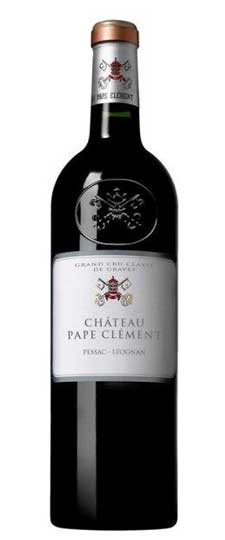
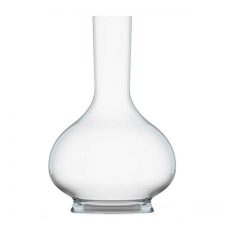
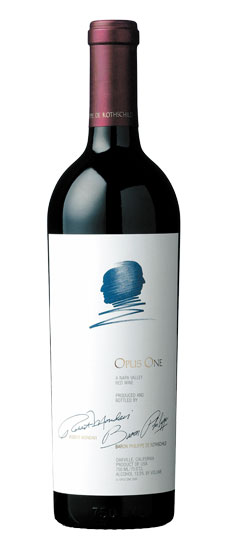
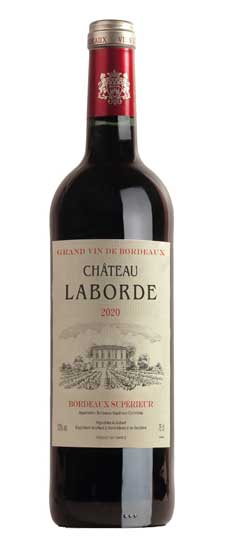
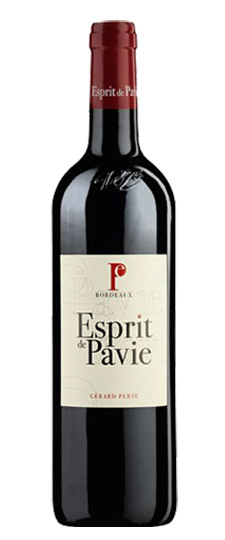
![Amuse Bouche, Napa Valley [Merlot/Cabernet Franc] 2010](https://www.wineyou.com/wp-content/uploads/2017/06/Amuse-Bouche-Napa-Valley-Merlot-Cabernet-Franc-2010.jpg)